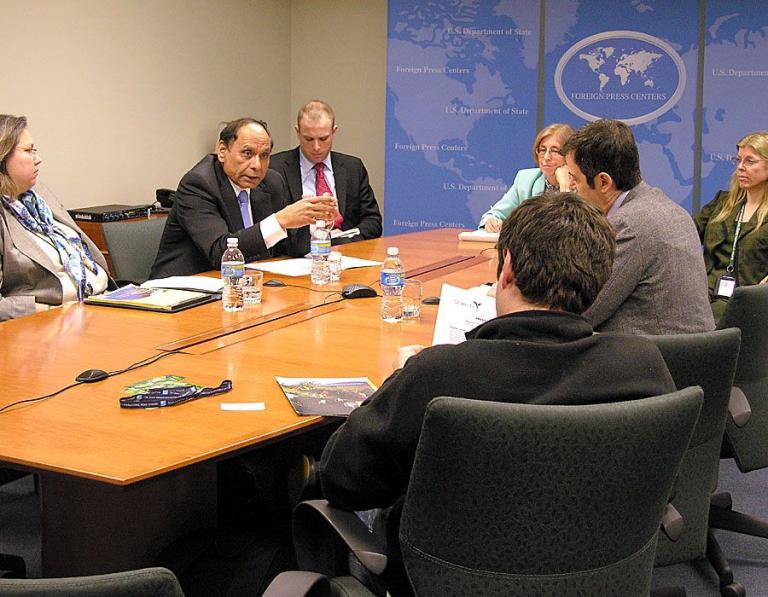This post originally appeared at Sightline’s Daily Score blog.
Last week, Dave Roberts blogged about a recent — and very important — study by the National Research Council on the enormous hidden costs of energy consumption.
I’m surprised that the study hasn’t gotten more press coverage. It’s fact-rich, sober, and completely non-ideological — and, at the same time, it’s an incredibly damning indictment of the nation’s energy system. The report looks at a variety of “external” costs of energy — that is, the costs that energy consumers themselves don’t pay, but pass on to the public at large. The costs they could pin down were largely related to air pollution, including the impacts on human health, crop and timber yields, and visibility. And the researchers find a big culprit: coal-fired power. From the NRC press release:
In 2005, the total annual external damages from sulfur dioxide, nitrogen oxides, and particulate matter created by burning coal at 406 coal-fired power plants, which produce 95 percent of the nation’s coal-generated electricity, were about $62 billion; these nonclimate damages average about 3.2 cents for every kilowatt-hour (kwh) of energy produced. A relatively small number of plants — 10 percent of the total number — accounted for 43 percent of the damages.
 Photo courtesy ittybittiesforyou via Flickr Based on my awesome powers of multiplication, and a quick trip to the U.S. Energy Information Administration website, these numbers suggest that the “hidden” costs of coal fired power in 2005 were roughly twice as high as the cost of the coal itself. And those costs, according to the NRC, don’t even include “damages from climate change, harm to ecosystems, effects of some air pollutants such as mercury, and risks to national security, which the report examines but does not monetize.”
Photo courtesy ittybittiesforyou via Flickr Based on my awesome powers of multiplication, and a quick trip to the U.S. Energy Information Administration website, these numbers suggest that the “hidden” costs of coal fired power in 2005 were roughly twice as high as the cost of the coal itself. And those costs, according to the NRC, don’t even include “damages from climate change, harm to ecosystems, effects of some air pollutants such as mercury, and risks to national security, which the report examines but does not monetize.”
So any time someone tells you that coal is “cheap,” just remember that in 2005 the real, comprehensive cost of coal was well over three times as high as the market price.
The tally of damages that the NRC could calculate came to $156 million per coal-fired plant per year. The biggest culprits seem to be in the Midwest. According to this map in the NRC report, the Centralia and Boardman plants, in Washington and Oregon, respectively, don’t rank particularly high for the kinds of costs the NRC was looking at. But if you added in the costs for mercury emissions and climate risks, then the Northwest’s coal plants might rank a bit higher.
Obviously, the National Research Council is no group of amateurs, nor is it driven by any sort of ideology. It operates under the umbrella of the National Academies, a Congressionally-chartered non-profit that also houses the National Academies of Science and Engineering and the National Institute of Medicine. In other words, it’s a bunch of hard-core nerds: people who care about, y’know, facts & stuff. So tell your friends: the experts have spoken, and despite what the market says, coal ain’t cheap.



